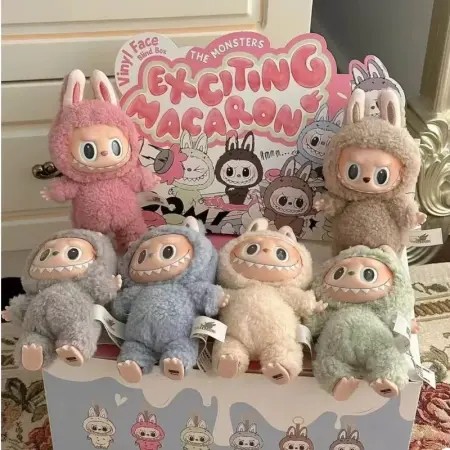A curious trend is sweeping across the UAE—young people and collectors alike are becoming obsessed with a peculiar doll named Labubu. But what is driving this sudden interest in a monster-faced toy?
Labubu isn’t your average plush companion. Created by illustrator Kasing Lung, this quirky character hails from a fantasy world inspired by Nordic folklore. With its mischievous grin and odd charm, Labubu has captured the imagination of many, particularly Gen Z. In malls and pop-up shops across Dubai, it’s not unusual to see fans queuing up for hours or spending thousands of dirhams just to own one. Social media influencers, especially those with younger audiences, have been part of this wave—some spending over Dh2,000 on these collectibles in a single visit.
The excitement doesn’t stop at the doll itself. Much of the appeal lies in the “blind box” concept. Buyers purchase a sealed box without knowing which Labubu variant is inside. The thrill of surprise becomes part of the experience—akin to a treasure hunt. Even global stars have taken notice. From Blackpink’s Lisa to Rihanna, celebrities are showcasing Labubu on their feeds, adding a layer of aspiration to the already trending toy. And where fame leads, fans often follow. Yet, there’s a catch. Original Labubu figures don’t come cheap—some go for Dh350 or more. Not everyone can or is willing to spend that much, which has given rise to cheaper lookalikes called “Lafufus.” These unofficial versions offer a similar aesthetic at a fraction of the cost.
So, what does all this say about consumer culture in the UAE today? The Labubu phenomenon reflects a growing desire for collectibles with character, items that go beyond function to spark emotion, community, and identity. It also illustrates the power of surprise, social media influence, and pop culture in shaping spending habits. What seems like just a doll is, in fact, a mirror to the trends shaping youth and retail behavior—playful, unpredictable, and deeply connected to global influence.

